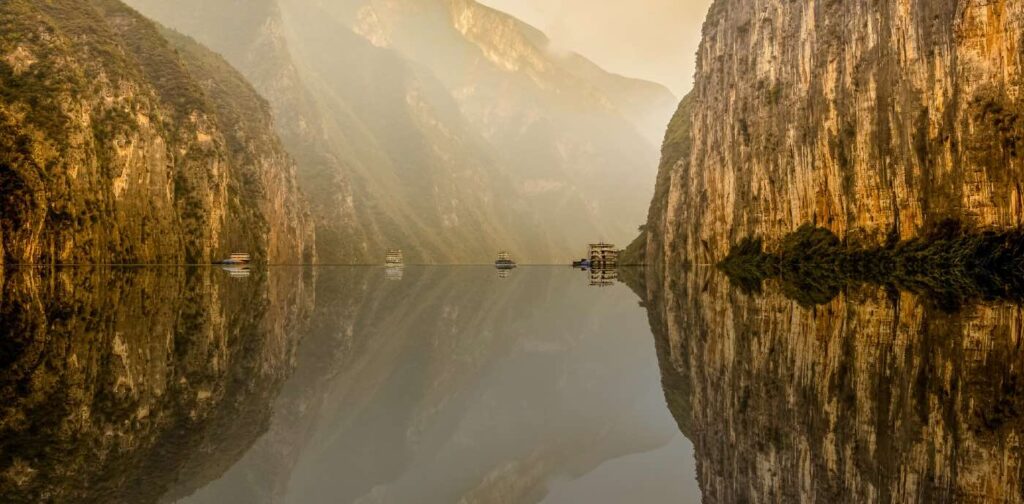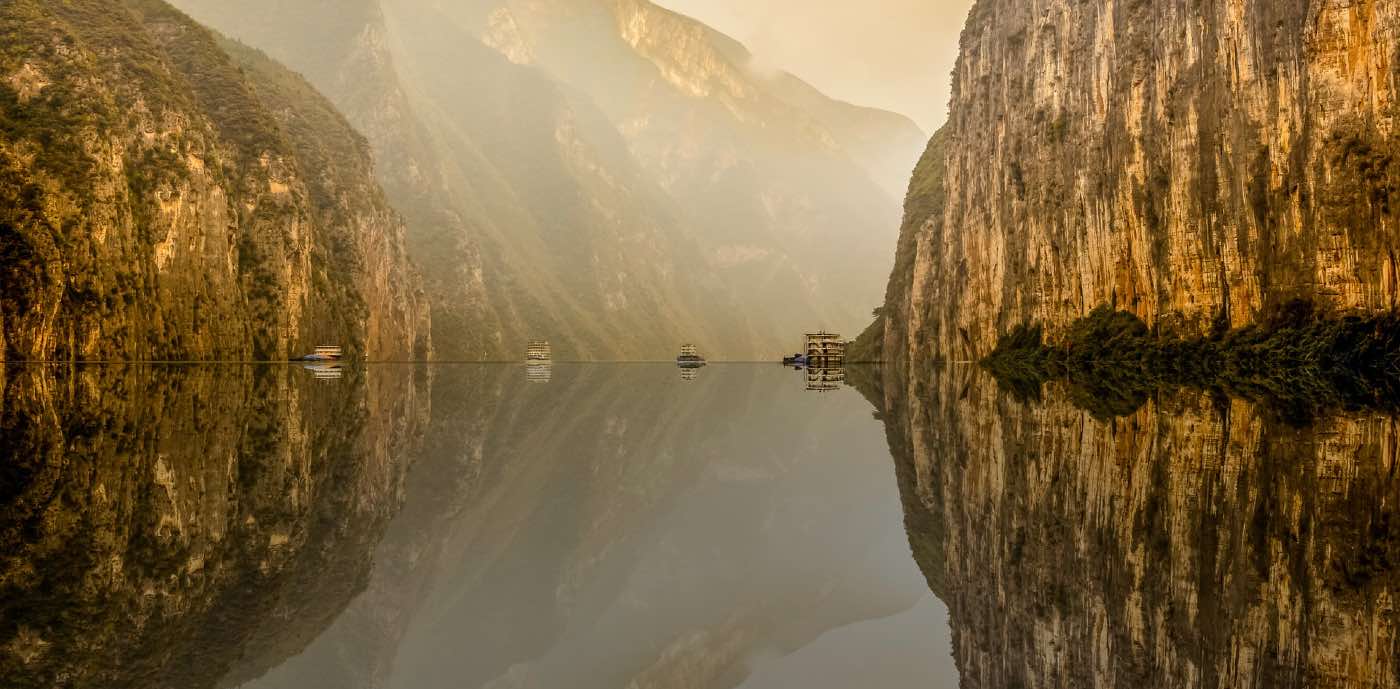The Yangtze, one of China’s two “Mother Rivers,” is about to receive a salve of environmental protections aiming to restore the polluted waterway and its tributaries.

With 96 separate provisions for the river system spread across nine chapters of legislation passed by a Standing Committee meeting, it is the largest environmental protection bill the rivers of China have ever seen, and will enter into force on 1 March.
Plastic and chemical pollution, chronic overfishing, siltation, and damming have all taken their toll on the banks and waters of one of the world’s great rivers, and the provisions will attempt to give years of respite and see if the Yangtze can recover.
Government departments from the largest to the smallest levels must incorporate the ecological protection of the Yangtze into their social and economic development plans, reports Reuters.
Fishing on all natural waterways of the river, as well as its tributaries, estuaries, and feeder lakes, will be banned.
All proposed chemical projects within one kilometer of the river will be banned, and existing ones are barred from expanding. Other polluting industries will be forced to move, while sand mining on the banks of the Yangtze will be severely restricted.
The Yangtze by numbers
Along with the Yellow River, the Yangtze makes up the two Mother Rivers of Chinese civilization, along which there has been evidence of rice cultivation going back to 5,000 BCE.
Starting high in the Tibetan Plateau, the Yangtze flows 3,900 miles (6,300km) to its famous river delta. It is the third longest in the world, sixth largest by water volume, and the longest to move through a single country.
MORE: Plastic Straws and Single-Use Bags Vanish From China as Ban Kicks In
The Yangtze River Delta generates 20% of the nation’s GDP, and its drainage basin is home to a fifth of the country’s people. The Three Gorges River Dam is the largest hydroelectric station in the world.
The Yangtze is one of the Three Parallel Rivers of Yunnan, a UNESCO World Heritage Site, and after leaving the mountains, passes through perhaps the most iconic Chinese landscape of all, the karst rock gorges of the Yangtze, depicted in countless Chinese paintings.
RELATED: Reductions in Air Pollution in China Saves Hundreds of Thousands of Lives Since 1990
From an environmental perspective, the Yangtze is home to charismatic aquatic species like the Chinese alligator, the Yangtze sturgeon, and the narrow-ridged finless porpoise, which may recover if the new laws work to their fullest extent.
SHARE the Good Green News From China With Pals on Social Media…




















